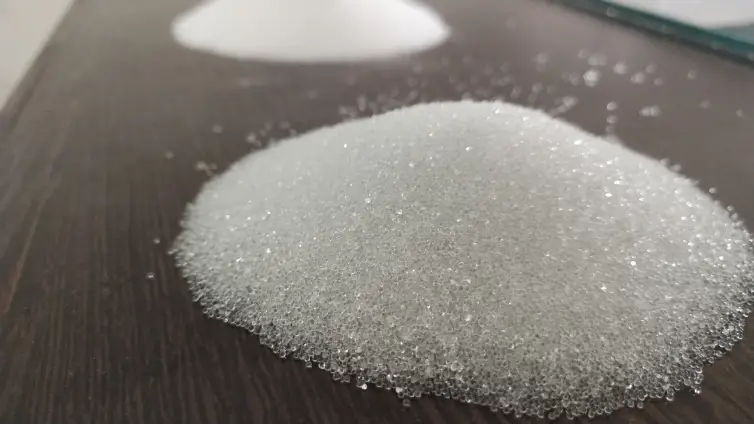Products

*Price Range - Rs 10-100 per/kg
4.0 Star Rating by our Precious Clients



Burrs, rust, paint, grime, grease, and carbon buildup can all be removed with Glass Bead Size AF, a spherical abrasive media. It's also used in the honing and polishing of soft metals. Aluminium, brass, cast iron, plastics, woods, and fibreglass are all common surfaces on which is utilised.
Glass Bead Size AF is made from a raw glass cullet that is melted down and then organically shaped into spherical beads during the cooling process. After being manufactured, the beads are filtered and screened to strict tolerances, making abrasive media like steel shots the best choice for delicate work. Glass Beads can be recycled 4-6 times and are best used in blast cabinets.
Glass Bead Manufacturers made it in a specific method from lead-free soda lime type glass with no free silica and are categorised into different categories depending on the size of the bead. Glass bead size AF is measured in microns, with different fractions separated into zone areas for various applications.
Glass Beads Suppliers are particularly environmentally friendly due to their material - glass - and are made to strict MIL (military) criteria in the United States. They're mostly used for blasting stainless steel goods of various shapes, weldings, castings, engine parts, decorative blasting, and other related applications.
We save money on expensive grinding, brushing, and polishing by blasting stainless steel parts with glass beads, especially in hard-to-reach regions.
Seed beads are scaled using aught sizes for round seed beads, cylinder beads, and several other varieties of seed beads. People commonly pronounce the ought as zero, therefore eleven aught is pronounced eleven-oh (as in zero).
When written, the aught is represented by a /0 or a symbol that resembles a degree symbol. 15/0 (the smallest) is the most frequent caught size found in bead shops and online, followed by 11/0, 10/0, 8/0, and 6/0. The largest seed bead is size 6, sometimes known as an 'E' bead. Here's some backstory on why seed beads are sized the way they are: The standard size seed bead was known as the "null" or "aught" bead when it was initially created.
There is no consensus on how the sizes were determined, although it is thought that they were numbered according to the number of beads that could be lined up side by side (holes facing up!) in a one-inch space. As a result, the smaller the seed bead, the higher the number. Before beginning your beading project, regardless of the size of the beads, sort through them and remove any that are larger or smaller than the rest.
This is known as bead culling. Even within a batch of cylinder beads, a few beads will be slightly broader or thinner than the rest. Set these beads aside to use in your stitching while making increases and decreases.
